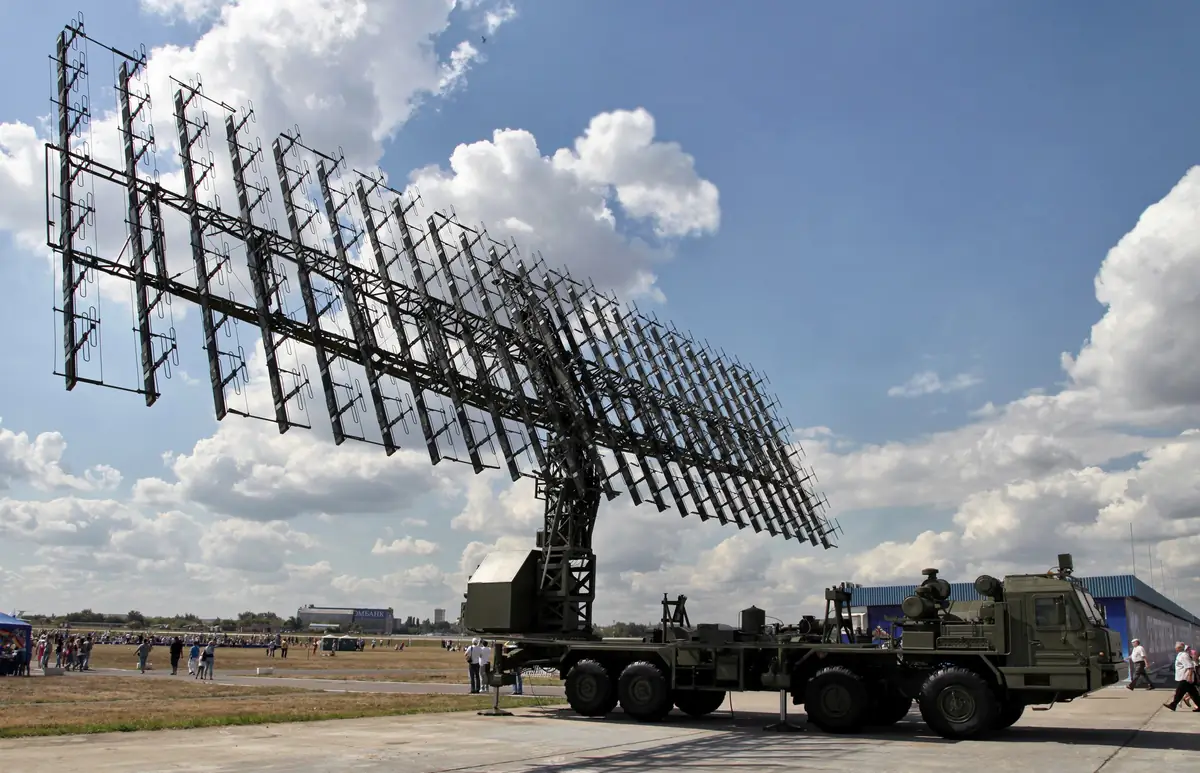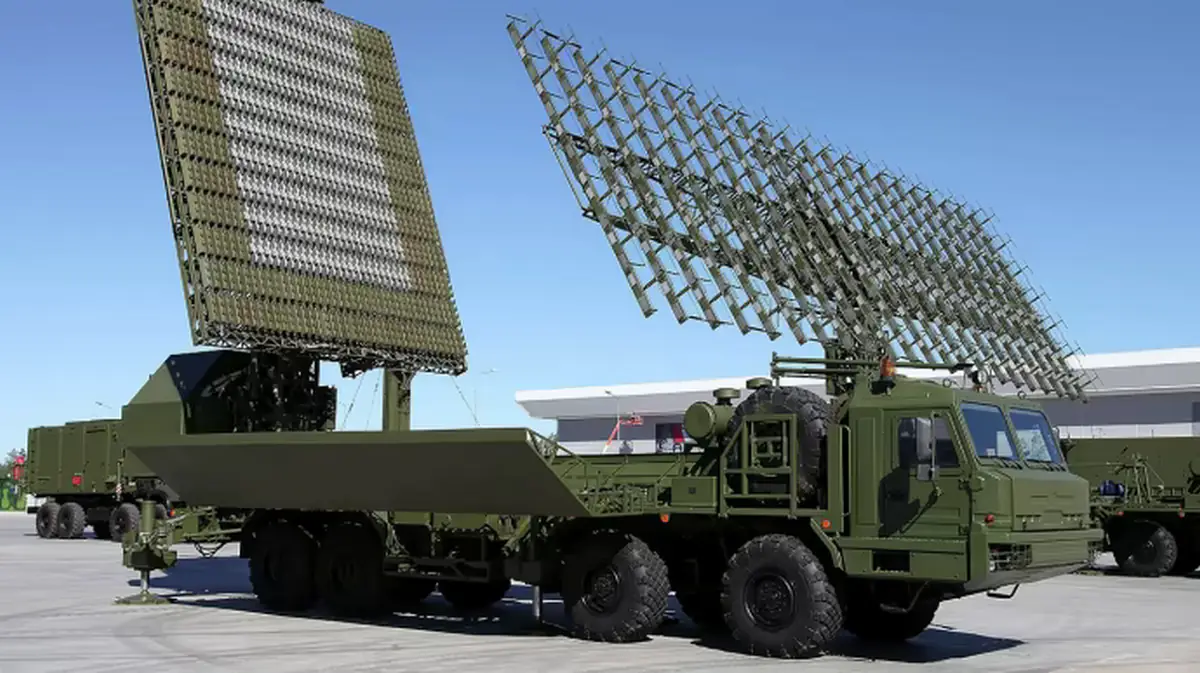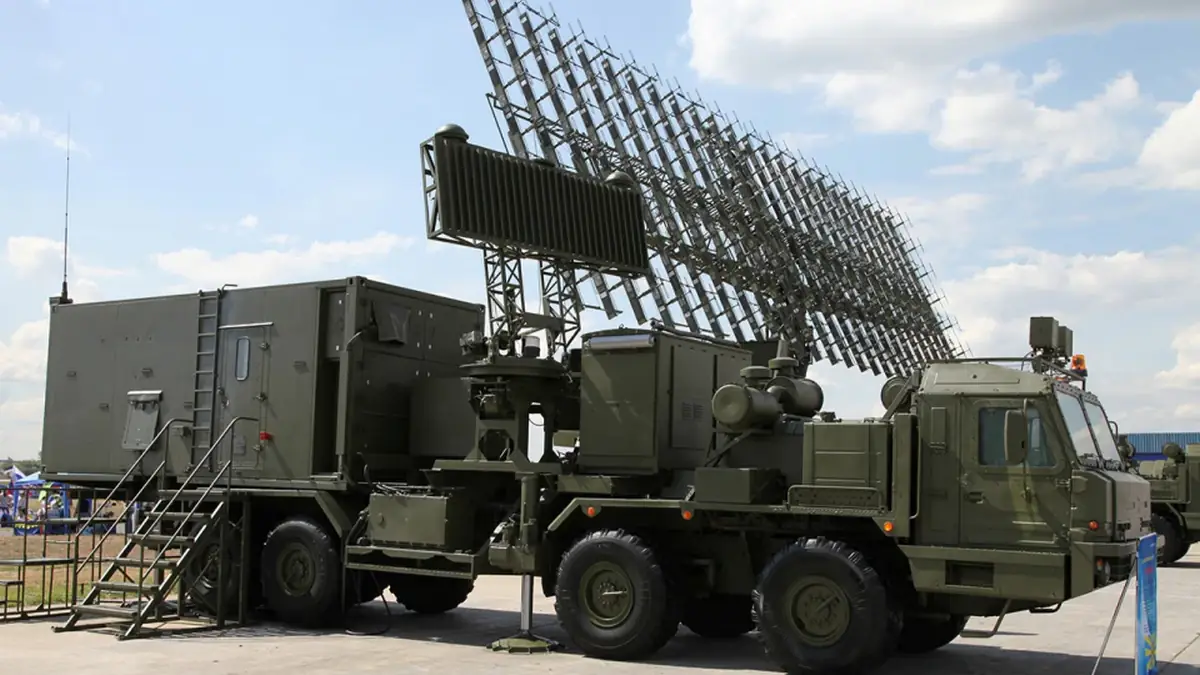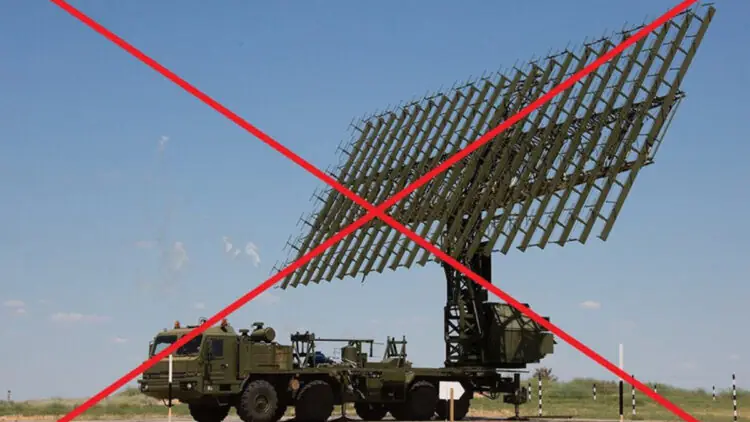On October 3, 2024, Ukraine’s Defense Forces carried out a successful strike using ATACMS ballistic missiles against a Russian Nebo-M radar system. The destruction of this target significantly weakened Russia’s ability to detect, track, and intercept both aerodynamic and ballistic threats. The Nebo-M is a challenging asset to neutralize, as it operates in a stealth detection mode, scanning the horizon for airborne targets.

According to available information, the enemy now has only 10 operational systems of this type left, each valued at over $100 million. The destruction of this radar opens a favorable “air corridor” for the effective use of Storm Shadow and SCALP-EG cruise missiles.
The elimination of the Nebo-M radar represents a significant achievement for Ukraine’s Defense Forces, as it hampers Russia’s ability to effectively control airspace and protect its military assets from aerial attacks. This success also highlights the effectiveness of modern ballistic missiles like ATACMS in targeting strategically important enemy assets.
The Nebo-M radar was developed in Russia and belongs to a family of meter-wave radar systems. These radars are designed to detect and track airborne targets, including ballistic missiles, at long ranges.

It’s worth noting that this is not the first time Ukrainian forces have successfully targeted the Nebo-M radar. Similar strikes were carried out in southern Ukraine in 2022 and again in May 2024 at an airfield in temporarily occupied Luhansk. These operations demonstrate the increasing effectiveness of Ukraine’s military in neutralizing complex enemy assets.

The destruction of the Nebo-M radar marks an important step in weakening Russia’s air defense capabilities and contributes to strengthening Ukraine’s security amid ongoing aggression.









